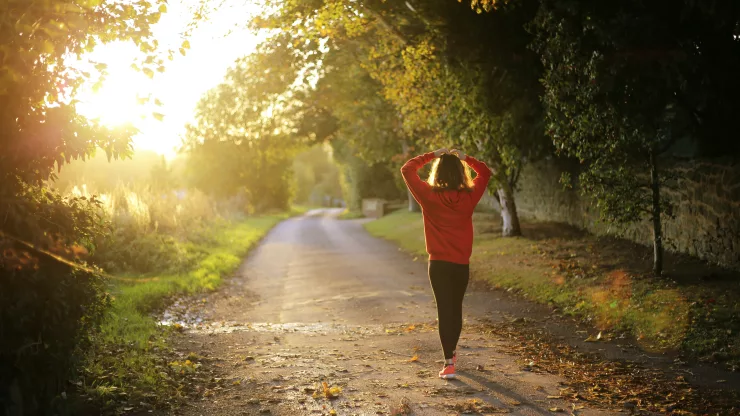INTRO: Why Fostering Happiness and Well-being Matters in Schools
As educators, our primary goal is to help students achieve academic success. However, we cannot ignore the importance of fostering happiness and well-being in the classroom.
When students feel happy and emotionally secure, they are better able to learn, develop positive relationships, and cope with stress and adversity. Therefore, it is essential for educators to prioritize the emotional well-being of their students.
The Science of Happiness: Understanding the Benefits for Students and Teachers
Research has shown that when students are happy, they perform better academically, have stronger social relationships, and are more resilient in the face of adversity.
Additionally, happy teachers are more effective in the classroom, have lower levels of burnout, and are more likely to have positive relationships with their students.
It is essential for educators to understand the science of happiness and the benefits it can bring to both students and teachers.
Here are some key findings from research on happiness and well-being in schools:
- Students who are happier have better academic outcomes, including higher grades and test scores.
- Teachers who are happier have lower levels of absenteeism and burnout and are more effective in the classroom.
- Positive emotions broaden thinking and increase creativity, which can lead to better problem-solving skills.
- Emotionally secure students are more likely to develop positive relationships and feel a sense of belonging in the classroom.
Creating a Positive School Climate: Strategies to Nurture Emotional Well-being
Creating a positive school climate is essential for fostering happiness and well-being in the classroom. A positive school climate is one where students feel safe, supported, and valued.
Here are some strategies that educators can use to create a positive school climate:
- Encourage positive relationships among students by promoting teamwork and collaboration.
- Create a welcoming environment by decorating the classroom with positive messages and artwork.
- Promote kindness and empathy by modeling these behaviors and recognizing them when you see them in students.
- Provide opportunities for students to give back to the community and help others.
Building Resilience: Helping Students Cope with Stress and Adversity
Resilience is the ability to cope with stress and adversity and bounce back from difficult situations. Building resilience is essential for fostering happiness and well-being in the classroom. Here are some strategies that educators can use to help students build resilience:
- Teach students coping skills, such as deep breathing and positive self-talk.
- Help students identify their strengths and develop a growth mindset.
- Encourage students to seek help when they need it and provide resources for support.
- Provide opportunities for students to reflect on their experiences and learn from them.
Mindfulness in the Classroom: Techniques to Promote Focus and Calmness
Mindfulness is the practice of being present in the moment and paying attention to one’s thoughts and feelings without judgment.
Mindfulness has been shown to reduce stress, improve focus, and increase well-being.
Here are some techniques that educators can use to promote mindfulness in the classroom:
- Take a few minutes at the beginning of class for a mindfulness exercise, such as deep breathing or a guided meditation.
- Encourage students to take mindful breaks throughout the day, such as going for a walk or practicing yoga.
- Model mindfulness behavior by staying present and focused during class.
- Use mindfulness techniques to help students manage stress and anxiety.
Community Building: Cultivating Connection and Empathy in the Classroom
Building a sense of community in the classroom is essential for fostering happiness and well-being.
When students feel connected to their peers and teachers, they are more likely to feel a sense of belonging and emotional security.
Here are some strategies that educators can use to build community in the classroom:
- Encourage students to share their experiences and feelings with one another.
- Create opportunities for students to work together and collaborate.
- Recognize and celebrate diversity and cultural differences.
- Model empathy and kindness in the classroom.
FAQ
How can I promote happiness and well-being in students who are struggling academically?
Students who are struggling academically may feel discouraged and unmotivated. It is essential to provide these students with emotional support and help them identify their strengths.
Encourage them to set achievable goals and celebrate their successes, no matter how small. Provide resources for academic support, such as tutoring or after-school programs.
How can I teach mindfulness to young children?
Young children can benefit from mindfulness practices, but it is essential to make it age-appropriate and engaging. Use activities such as mindful breathing, yoga, or guided visualization.
Use age-appropriate language and keep the activities short and simple.
How can I promote empathy in the classroom?
Empathy can be promoted in the classroom by modeling empathetic behavior and recognizing it in students. Encourage students to put themselves in others’ shoes and consider their perspectives.
Use literature and current events to teach empathy and cultural understanding. Provide opportunities for students to volunteer and give back to the community.

With a deep passion for personal development, Ben has dedicated his career to inspiring and guiding others on their journey towards self-improvement.
His love for learning and sharing knowledge about personal growth strategies, mindfulness, and goal-setting principles has led him to create My Virtual Life Coach.
Contact Ben at [email protected] for assistance.




